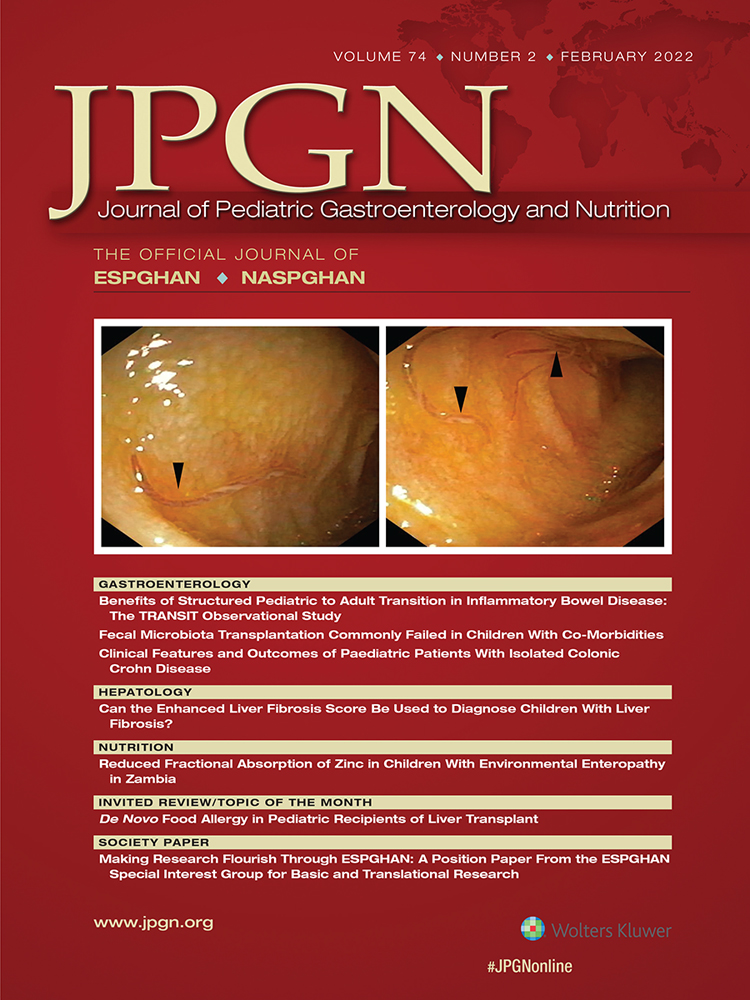Continued Basal Zone Expansion After Resolution of Eosinophilia in a Child With Eosinophilic Esophagitis on Benralizumab
The authors report no conflicts of interest.
ABSTRACT
A 20-year-old woman presented with dysphagia at 8 years of age. She underwent esophagogastroduodenoscopy with biopsies (EGD), which was diagnostic of eosinophilic esophagitis. Diet elimination resulted in improvement in symptoms, reduction in eosinophilia, and resolution of basal zone hyperplasia (BZH) on repeat EGD; however, food reintroduction resulted in recurrence of eosinophilia. Subsequently, her pulmonologist started benralizumab, a monoclonal antibody against the interleukin-5 receptor (IL5Rα) on eosinophils, for her asthma. Seven months after starting benralizumab, she underwent EGD for persistent dysphagia, which was notable for resolution of esophageal eosinophilia but demonstrated marked BZH in association with high numbers of CD3+ T cells and tryptase+ mast cells. She transitioned to dupilumab and had resolution of dysphagia. EGD was performed 10 months after starting dupilumab and demonstrated resolution of BZH and mast cell inflammation with significant reduction in T cells. Review of other patients at our center treated with biologics, most commonly dupliumab, reveals varying degrees of BZH in association with mostly CD3+ lymphocyte inflammation. Mast cells and T cells appear to be capable of coordinating mucosal inflammation and symptoms of EoE independent of eosinophilia in a subset of patients.




